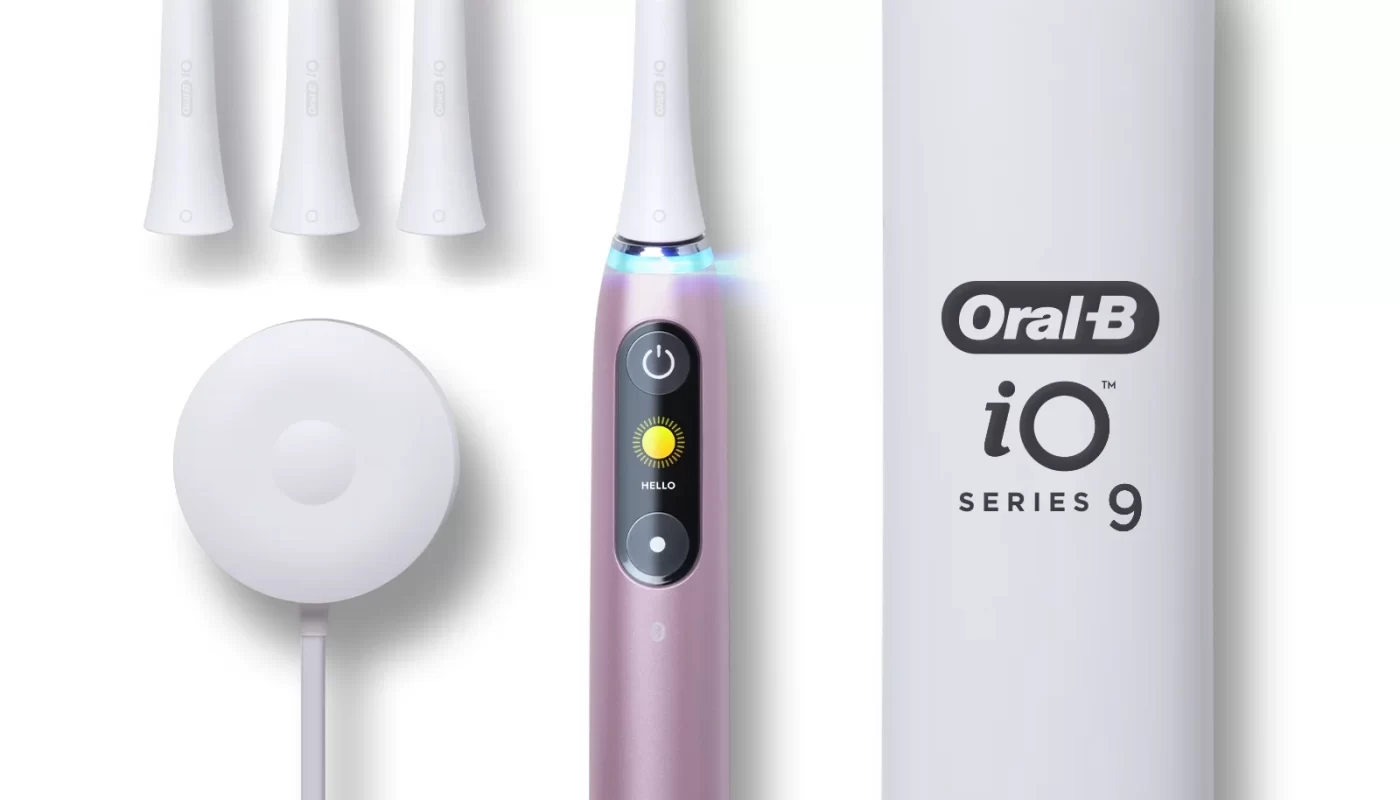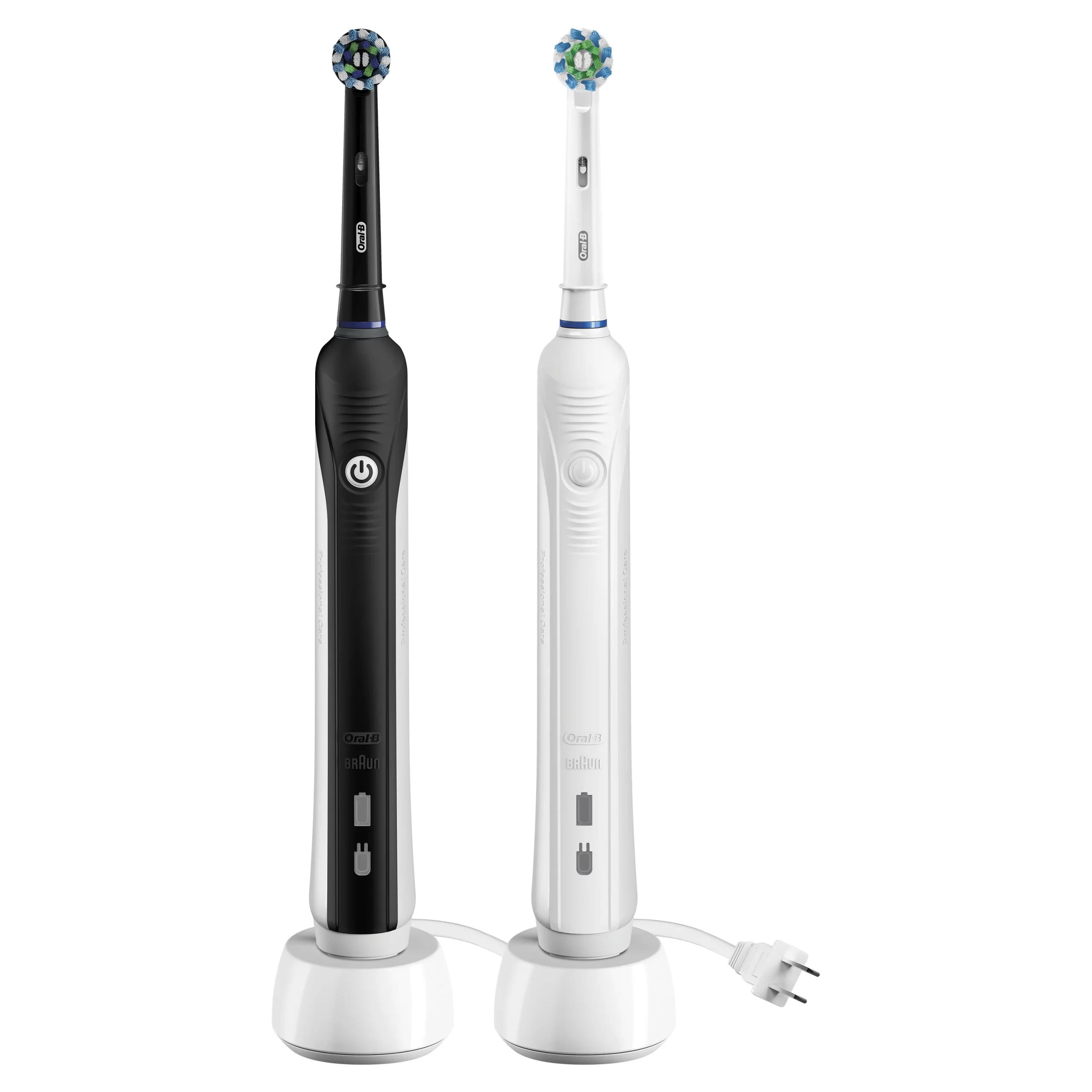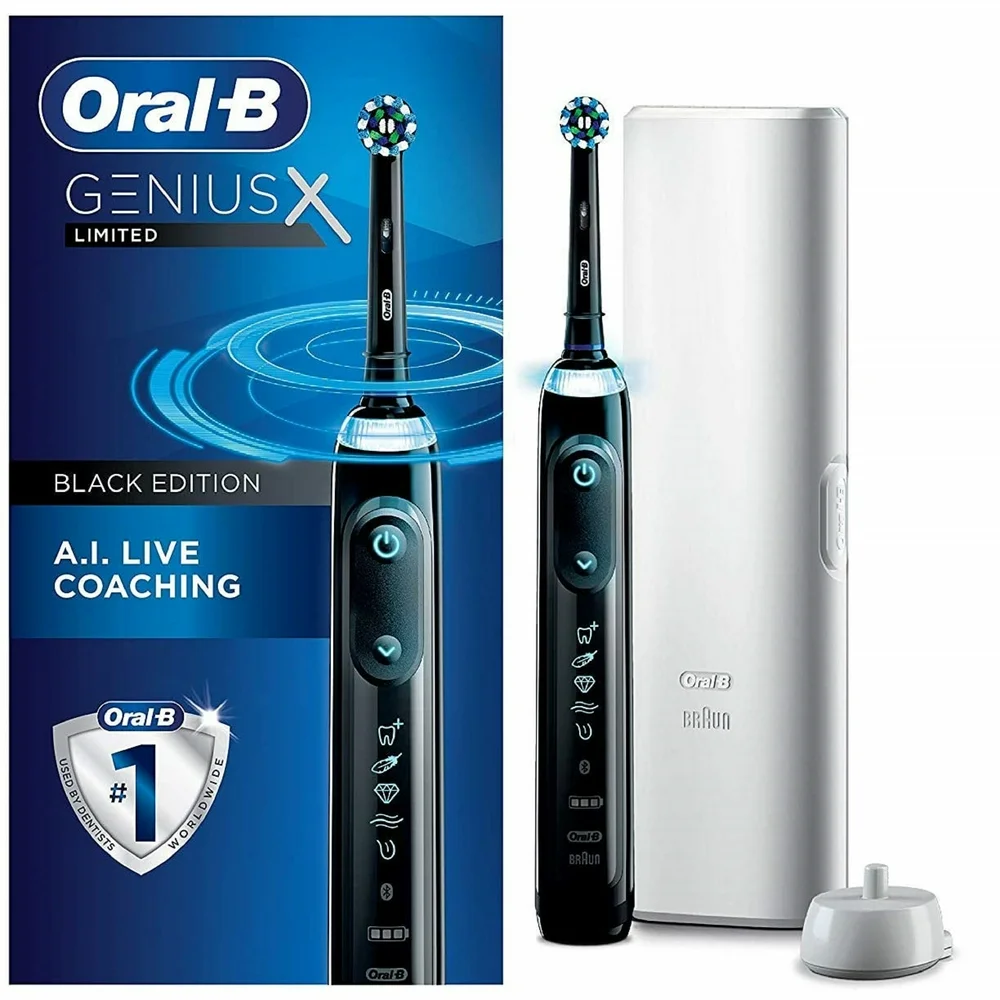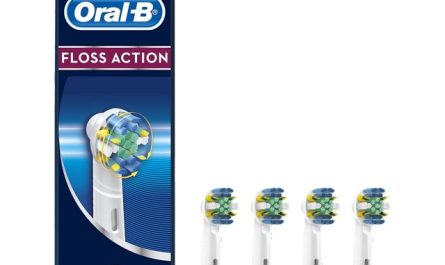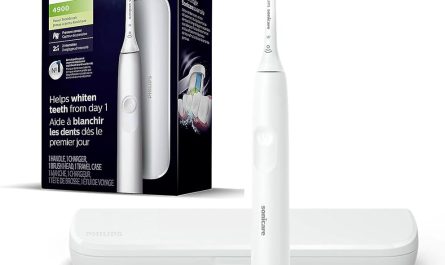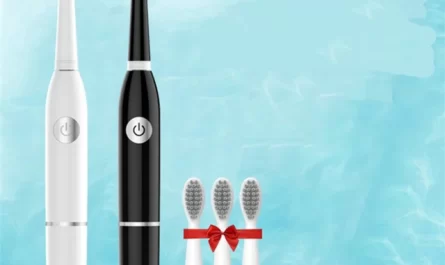Introduction to Oral B Electric Toothbrush Troubleshooting
Oral B electric toothbrushes have become a staple in oral hygiene for many individuals around the world. The convenience they offer, combined with their superior cleaning abilities compared to manual brushes, makes them a popular choice. However, like any electronic device, Oral B toothbrushes can encounter problems. This article provides a detailed guide for oral b electric toothbrush troubleshooting, ensuring you can maintain that sparkling smile without frustration.
Understanding Your Oral B Electric Toothbrush
To properly troubleshoot any issues, it’s essential to understand how your Oral B electric toothbrush functions. These brushes operate on rechargeable batteries and utilize oscillating-rotating or sonic technology depending on the model. They often feature multiple cleaning modes, timers, and pressure sensors that alert users if they are brushing too hard.
Types of Oral B Electric Toothbrushes
Oral B offers a variety of electric toothbrush models:
- Rotating-oscillating models: These toothbrushes use a combination of rotations and oscillations to remove plaque effectively.
- Sonic models: Designed for users who prefer a brushing experience that feels more like traditional toothpaste brushing but with higher efficiency.
- Smart toothbrushes: Equipped with Bluetooth technology, these brushes connect to your smartphone and provide real-time feedback, storing your brushing data.
Key Features of Oral B Electric Toothbrushes
Before we dive into troubleshooting, let’s examine some standard features you may find in your Oral B toothbrush:
- Multiple brushing modes: Daily clean, sensitive, gum care, and whitening modes are commonly available.
- Pressure sensor: Alerts you if you’re brushing too hard, helping to prevent gum damage.
- Timer: Encourages adherence to the recommended brushing time of two minutes.
- Smart pressure technology: Automatically adjusts the intensity of brushing based on your pressure, ensuring effective cleaning.
Common Issues and Their Solutions
While Oral B toothbrushes are generally reliable, various issues can arise over time. Below are some common problems and step-by-step troubleshooting methods.
The Toothbrush Doesn’t Turn On
If your Oral B electric toothbrush doesn’t power on, the most likely causes are battery issues or charging problems.
Checking the Battery
- Check for Charge: Ensure the toothbrush is charged. Plug it into the charging station and let it charge for at least 4-6 hours. A new device may require a more extended initial charging period.
- Inspect the Charger: Make sure the charging unit is plugged in and functioning. Test it with another device to confirm it’s working correctly.
- Clean the Charging Contacts: Dust and debris can accumulate at the charging contacts. Use a soft, dry cloth to clean them gently. Avoid using liquids that might damage internal components.
- Try a Different Outlet: Sometimes, the outlet you’re using can be faulty. Switch the charger to another outlet to rule out this problem.
Contact the Manufacturer
If the toothbrush doesn’t turn on even after the above checks, it may be due to a malfunction. Reach out to Oral B customer service for assistance or consider visiting a qualified technician.
The Battery Doesn’t Hold a Charge
Another common concern is a toothbrush that no longer holds a charge effectively.
Diagnosing the Battery Issue
- Charge Time: Ensure you’re giving adequate time for charging. An empty battery might take several hours to reach full charge.
- Battery Life: Determine the age of your toothbrush. Typically, rechargeable batteries last about two years, depending on usage. If the toothbrush is older, the battery might simply be worn out.
- Frequent Use of Smart Features: If your model has smart features like Bluetooth, consider the impact on battery life. Frequent use can drain the battery more quickly.
Possible Solutions
- Reset the Toothbrush: If applicable, perform a reset. Refer to the user manual for specific reset instructions for your model.
- Battery Replacement: If the toothbrush is out of warranty, and you’re technically inclined, you could open the toothbrush to replace the battery yourself. However, proceed with caution; this might void any warranty remaining on the product.
Brushing Modes Not Functioning Correctly
Users sometimes find that the various brushing modes on their devices don’t respond as expected.
Troubleshooting the Modes
- Mode Selection: Ensure you’re correctly cycling through the modes. Some toothbrushes have buttons that must be pressed a specific number of times to switch modes.
- Software Issues: If your model has Bluetooth connectivity, there could be a software issue. Make sure your app is updated, and check for any firmware updates for the toothbrush.
- Contact Deduction: Inspect the mode switching button for any debris. Cleaning it might restore functionality.
Not Properly Cleaning Teeth
If you notice that your teeth feel less clean than usual after brushing, this could indicate a problem with the toothbrush performance.
Assessing the Cleaning Power
- Brush Head Condition: Inspect the brush head; it might need replacement. Oral B recommends changing the brush head every three months or sooner if bristles are frayed.
- Brushing Technique: Ensure that you’re using correct brushing techniques. It’s essential to angle the brush at a 45-degree angle towards the gum line and use light pressure.
- Using the Right Mode: Different modes cater to specific cleaning needs. Make sure you’re selecting the correct one based on your goals (sensitive, whitening, etc.).
Leaking or Spilling Liquid
Occasionally, users might notice liquid leakage from the toothbrush.
Investigating the Problem
- Check for Damage: Inspect for cracks in the housing or the brush head. Damage can lead to leaks. If damage is found, it may require replacement components.
- Cleaning and Maintenance: Ensure that the O-rings in the brush head are intact. Regularly clean the brush head and base to prevent any buildup that could contribute to leakage.
Unusual Noises from the Toothbrush
If you hear buzzing or grinding noises coming from the toothbrush, troubleshoot to determine the cause.
Identifying the Source
- Debris Removal: Check to see if any hair or debris is trapped in the moving parts. Clean these areas carefully.
- Loose Components: Sometimes, parts might have loosened. Inspect the brush head and other components to make sure everything is secure.
- Worn-Out Motor: If none of the above resolves the noises, the internal motor might be failing, indicating a return or replacement may be necessary.
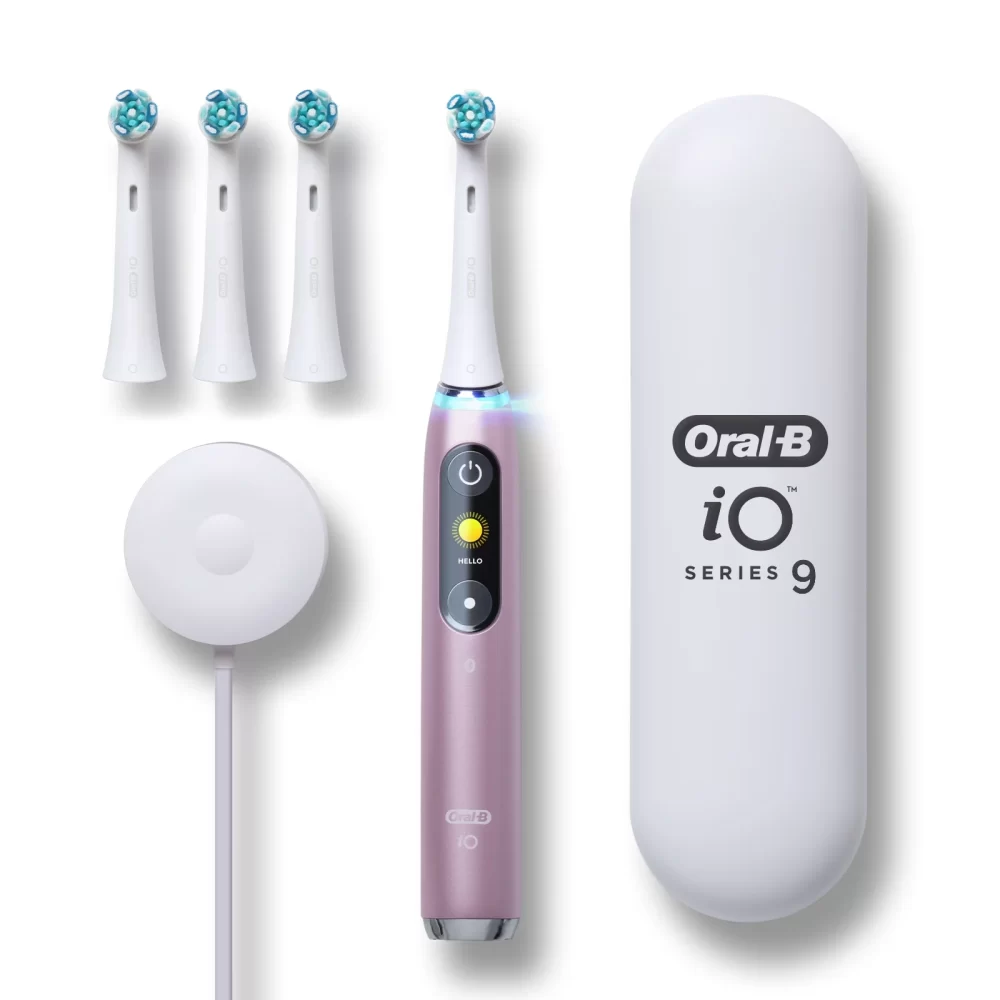 General Maintenance Tips for Oral B Electric Toothbrushes
General Maintenance Tips for Oral B Electric Toothbrushes
Preventing issues is often easier than troubleshooting them. Here are some maintenance tips to prolong the lifespan of your Oral B electric toothbrush:
Regularly Change the Brush Head
As mentioned earlier, changing the brush head is essential. Replace it every three months or when you notice bristles starting to fray.
Store Properly
Store your toothbrush in an upright position to allow for drying and prevent moisture buildup. Avoid placing it in a damp environment, as this can cause the electronics to fail.
Clean Your Brush
Every few months, give your toothbrush a deep clean. Remove the brush head and gently wash the base with a damp cloth. Avoid using harsh chemicals.
Charge Correctly
Do not overcharge your toothbrush. Letting it sit on the charger for long periods can degrade the battery over time.
Watch for Wear
Keep an eye on any changes in performance, such as reduced battery life or irregular settings. Early detection of these issues can prevent more severe malfunctions.
Consult Your Manual
Every oral care device comes with a user manual. Familiarize yourself with it to understand specific features and troubleshooting steps recommended by the manufacturer.
When to Seek Professional Help
If you encounter persistent problems after trying the troubleshooting methods outlined above, it may be time to consult with a dental professional or customer service from Oral B. They can provide specific advice tailored to your situation.
Conclusion: oral b electric toothbrush troubleshooting
Oral B electric toothbrush troubleshooting doesn’t have to be overwhelming. With a basic understanding of how your device works and some practical troubleshooting steps, you can keep your toothbrush in good working condition and ensure your oral hygiene routine remains effective. Whether it’s a battery issue, a problem with the modes, or even maintenance needs, being well-informed can help you tackle any challenges that arise. Remember, regular maintenance plays a crucial role in ensuring your Oral B toothbrush serves you well for years to come.

